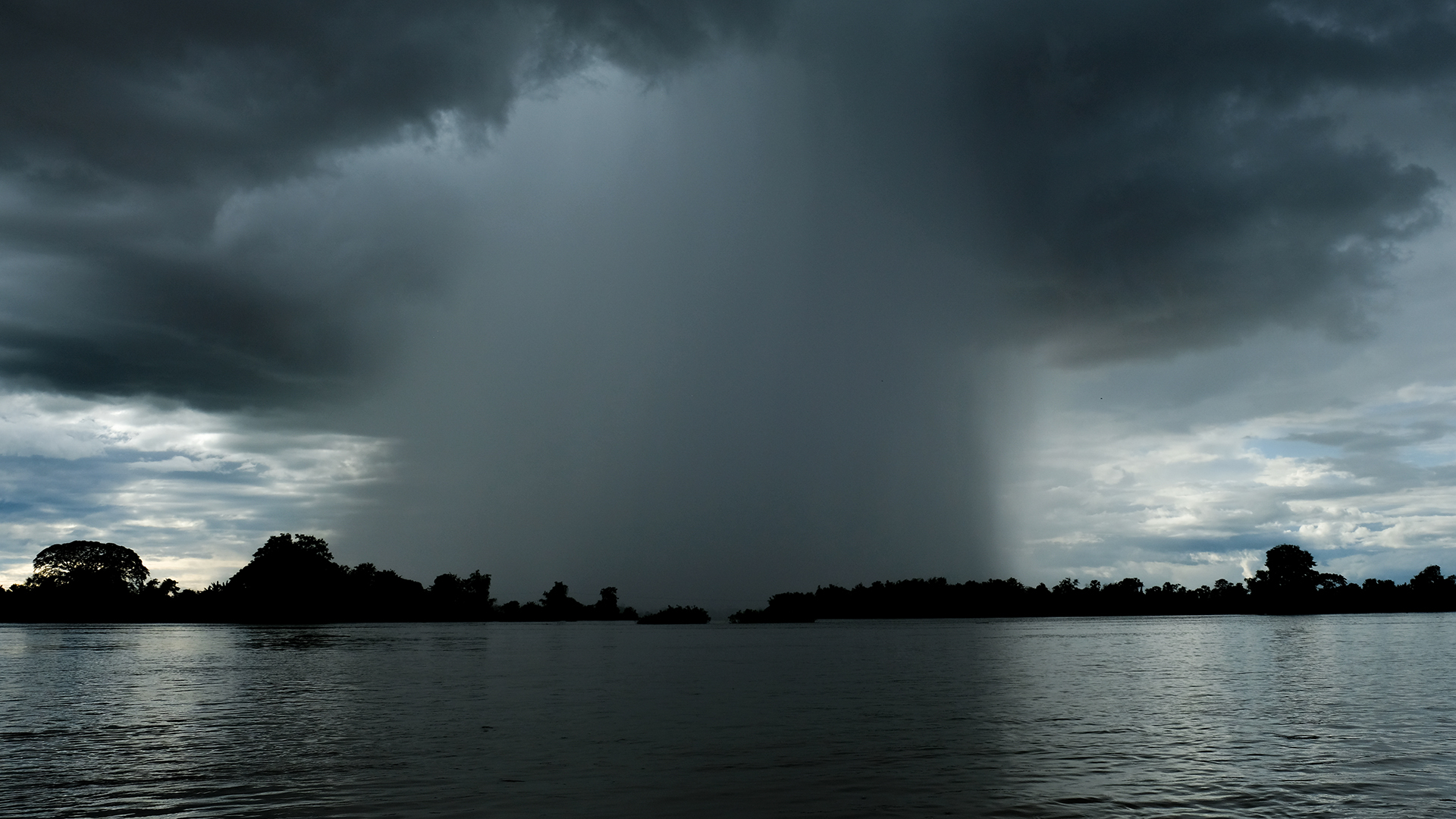Over last 2,000 years, rising and falling temperatures have altered the way water moves around the planet
It’s a multibillion dollar question: What will happen to water as temperatures continue to rise? There will be winners and losers with any change that redistributes where, when and how much water is available for humans to drink and use.
To find answers and make informed predictions, scientists look to the past. Reconstructions of past climate change using geologic data have helped to show the far-reaching influence of human activity on temperatures since the industrial age. But assembling hydroclimate records for the same timeframe has proved to be much harder.
A study from the Past Global Changes (PAGES) Iso2k project team, led by Bronwen Konecky at Washington University in St. Louis, takes an important step toward reconstructing a global history of water over the past 2,000 years. Using geologic and biologic evidence preserved in natural archives — including 759 different paleoclimate records from globally distributed corals, trees, ice, cave formations and sediments — the researchers showed that the global water cycle has changed during periods of higher and lower temperatures in the recent past.
